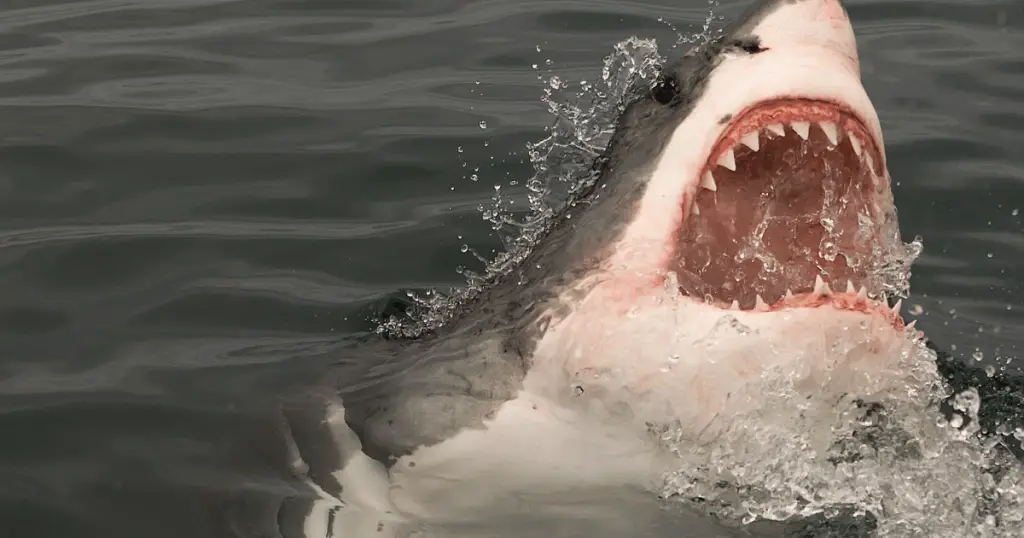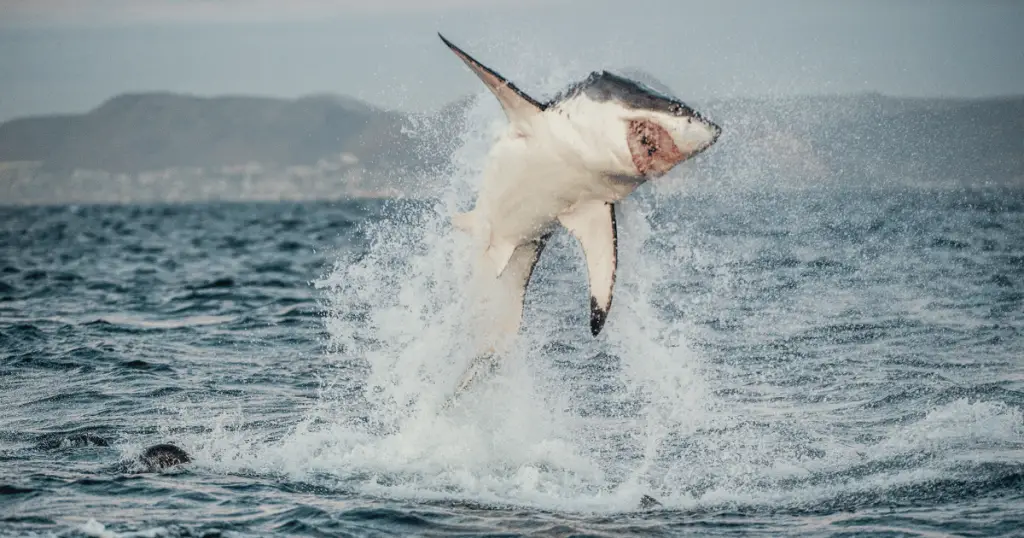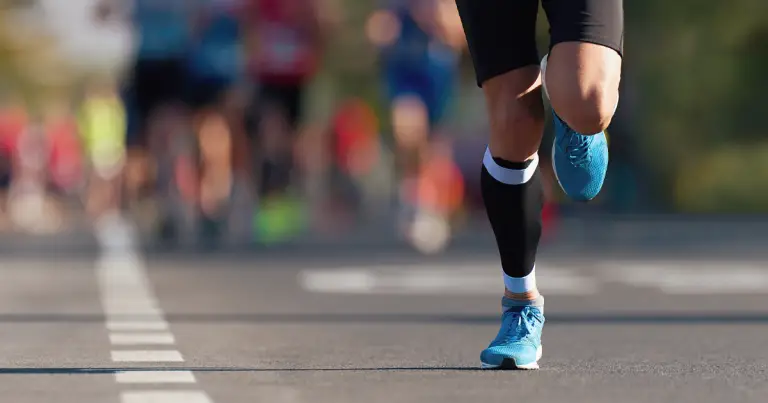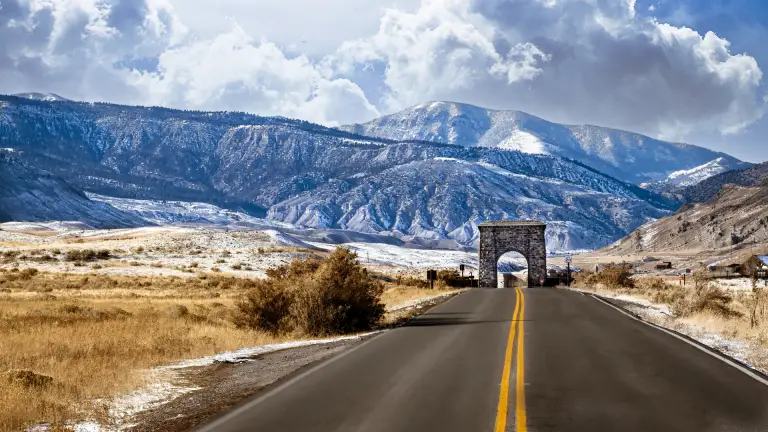The Great White Sharks of San Diego: Fascinating Facts and Information
San Diego’s waters are home to amazing creatures, including the White Shark. These majestic animals have a mysterious presence that captures the imagination. Their iconic shape represents the power of the ocean. People who seek adventure or care about conservation are drawn to the world of White Sharks San Diego. It’s a chance to see the magnificence of nature and the balance of ecosystems in action.

Natural History and Characteristics of Great White Sharks
The great white shark (Carcharodon carcharias) is the largest predatory fish in the world, reaching lengths of up to 20 feet and weighing upwards of 5,000 pounds. Their most recognizable feature is their sleekly designed body with powerful jaws containing up to 300 serrated teeth.
Physical Features and Size of Great White Sharks
Great White Sharks, scientifically known as Carcharodon carcharias, are among the largest predatory fishes in the ocean. An adult Great White averages about 15 feet in length, but individuals reaching up to 20 feet and weighing up to 5,000 pounds have been recorded.
They are characterized by their torpedo-shaped bodies, conical snouts, and crescent-shaped tails that enable swift, agile movement. Their most distinctive feature, however, is their formidable razor-sharp teeth, which are continuously replaced throughout their lifetime.
Dietary Habits and Role in the Marine Ecosystem
These apex predators play a crucial role in maintaining the balance of the marine ecosystem. Great White Sharks San Diego feed primarily on marine mammals such as seals, sea lions, and occasionally whales. They also consume smaller species like fish and squid. By preying on weak or diseased animals, they help to keep the marine population healthy and in check.
Predatory Behavior and Hunting Strategies
Great White Sharks are known for their unique hunting strategies. They use stealth, speed, and power to surprise their prey, often striking from below with immense force. Combined with their keen senses and powerful jaws, this hunting tactic makes them a dominant predator in the oceanic food chain. Despite their fearsome reputation, Great Whites don’t typically target humans, and most reported shark “attacks” are believed to be cases of mistaken identity.
The San Diego Habitat for Great White Sharks
San Diego’s marine environment presents an ideal habitat for Great White Sharks, with factors such as temperature, abundant food sources, and unique geographical features contributing to their presence.
A. Description of the Geographical and Environmental Factors
San Diego’s coastal waters are characterized by a unique intersection of warm southern and cooler northern currents, resulting in a rich and diverse marine ecosystem. The coastline’s topography, dotted with deep underwater canyons, provides ample hiding spots for Great Whites, enabling them to stealthily hunt their prey. Furthermore, the presence of kelp forests contributes to a dense habitat for various marine species, which keeps the shark’s food supply ample and varied.

Seasonal Patterns and Migration Routes of the Sharks
Great White Sharks in San Diego exhibit distinct seasonal patterns, often influenced by water temperature and prey availability. In the summer and fall, when the waters are warmer, they move inshore and are frequently spotted near the coast.
This period, coinciding with the seal pupping season, provides abundant food, attracting more sharks. During the colder months, they embark on long-distance migrations to the deep offshore waters of the Pacific, where they spend their winters in a region known as the “White Shark Café.”
Reasons for the Presence of Great White Sharks in San Diego Waters
The presence of Great White Sharks in San Diego’s waters can primarily be attributed to the region’s abundant marine life, huge populations of seals, and sea lions, a favorite food source for these apex predators. The geographical layout of the coastline, with its recessed bays and underwater canyons, allows sharks to sneak up on their prey undetected.
Additionally, San Diego’s warm water temperatures during specific seasons and the accessibility of deeper, calmer waters during the rest of the year make it an ideal location for these migratory creatures.
Research and Conservation Efforts
Understanding these magnificent creatures and their behaviors is crucial for ensuring their survival. Numerous research and conservation initiatives have been implemented in San Diego to study and protect Great White Sharks.
Overview of Scientific Research on Great White Sharks in San Diego
Scientific research on Great White Sharks in San Diego is rich and ongoing. Scientists conduct various studies on their behavioral patterns, dietary habits, mating rituals, and migratory pathways.
Genetic research is also prevalent, aiming to understand species diversity and evolutionary history. Additionally, scientists are interested in studying the impacts of climate change on the sharks’ distribution and survival.
Tracking and Monitoring Initiatives to Study Their Behavior and Movements
Several tracking and monitoring initiatives have been launched to study the behavior and movements of Great White Sharks. These include tagging programs, where sharks are fitted with satellite-linked tags to record their migration patterns.

Moreover, underwater cameras and drones are increasingly being used for observational studies. Data collected from these initiatives provide invaluable insights and contribute to developing effective shark management and conservation strategies.
Collaborative Efforts Between Government Agencies, Research Institutions, and Conservation Organizations
Collaboration is a core pillar of shark conservation. Government agencies, research institutions, and conservation organizations work in tandem to monitor and protect sharks in San Diego. These collaborations facilitate data sharing, innovation in research methods, and the creation of effective conservation policies.
For instance, the partnership between the California Department of Fish and Wildlife, the Scripps Institution of Oceanography, and the Sea World Rescue Team has led to numerous successful research and rescue missions.
Interaction with Humans
The relationship between humans and Great White Sharks in the San Diego region is complex and has evolved. The interaction, primarily driven by changes in human behavior, perceptions, and scientific understanding, has had significant implications for humans and sharks.
Historical Perspective on Shark-Human Interactions in San Diego
Historically, Great White Sharks were feared and vilified due to misunderstandings and misconceptions. Numerous myths and legends, often fueled by Hollywood depictions, painted these creatures as ruthless man-eaters, inciting fear and hostility.
However, as scientific research advanced, a more nuanced understanding of these creatures emerged. Recognition of their critical role in maintaining the health of marine ecosystems gradually shifted public perception from fear to one of respect and fascination.
Discussion of Shark Attacks and Safety Measures for Beachgoers
While shark encounters in San Diego are relatively rare, there have been occasional incidents. Most of these cases are believed to be from mistaken identity, as Great Whites primarily prey on seals and sea lions. In such events, education and awareness of shark behavior and safety measures are essential.
Beachgoers should swim in groups, avoid swimming at dawn or dusk when sharks are most active, and steer clear from areas where seals or sea lions congregate. Lifeguard presence, shark spotting programs, and emergency response plans also ensure beachgoers’ safety.

Importance of Public Awareness and Education Regarding Great White Sharks
Public awareness and education are paramount in altering perceptions and fostering coexistence between humans and Great White Sharks. Educating the public about the importance of sharks in the ecosystem, dispelling myths about them, and promoting respect for these creatures can significantly reduce fear and misunderstandings. Moreover, creating awareness about conservation efforts and the threats sharks face can inspire community participation in their protection.
Eco-Tourism and Economic Impact
The presence of Great White Sharks in San Diego’s waters has sparked interest, leading to a thriving eco-tourism industry that significantly impacts the local economy and the sharks’ conservation efforts.
Rise of Shark-Related Tourism Activities in San Diego
Shark-related tourism has grown in popularity in San Diego due to the fascination with these magnificent creatures. Activities such as shark-watching tours, cage diving, snorkeling, and educational expeditions have become sought-after experiences for tourists and locals alike.
These ventures allow people to witness Great White Sharks in their natural environment, increasing public awareness and understanding of these misunderstood creatures.
Benefits and Potential Drawbacks of Eco-Tourism Centered Around Great White Sharks
Eco-tourism revolving around Great White Sharks provides significant benefits, including increased revenue for local communities and heightened awareness of the need for shark conservation.
However, there are potential drawbacks. If not managed properly, increased human interaction can lead to stress and disruption in the sharks’ natural behavior and habitat.
Therefore, eco-tourism activities must be conducted responsibly, with minimal environmental impact, and under strict guidelines to ensure the sharks’ well-being.
Conclusion: White Sharks San Diego
The relationship between humans and Great White Sharks in the San Diego waters is multifaceted, encompassing fear, fascination, and mutual respect. Through historical evolution, increased scientific understanding, and nuanced portrayal, sharks are gradually recognized for their vital role in maintaining marine ecosystem health.
While shark encounters are relatively rare, the emphasis on public education about shark behavior and safety measures ensures the well-being of both humans and sharks. The thriving eco-tourism industry centered around sharks contributes significantly to the local economy while also promoting awareness and conservation efforts.







